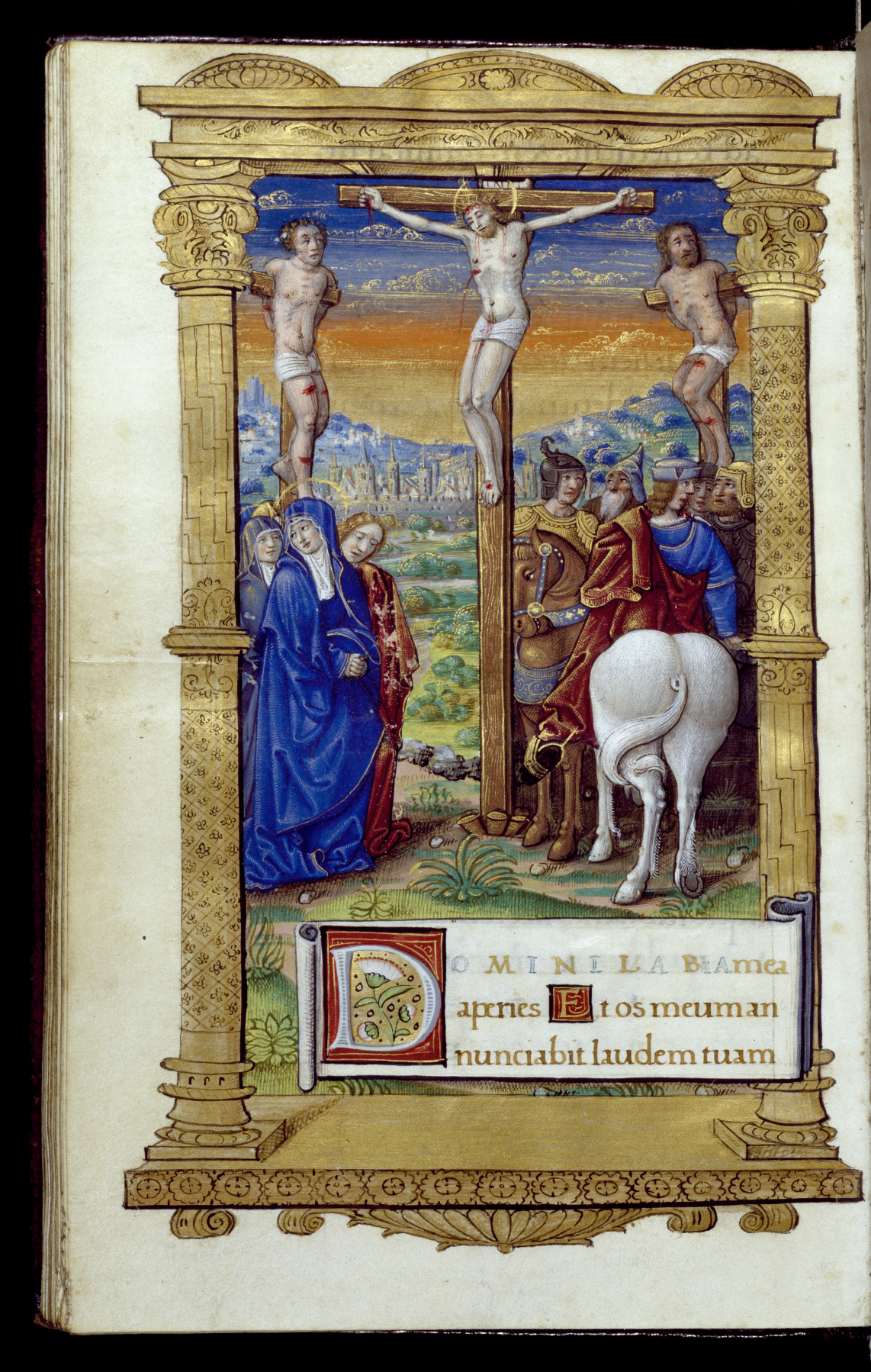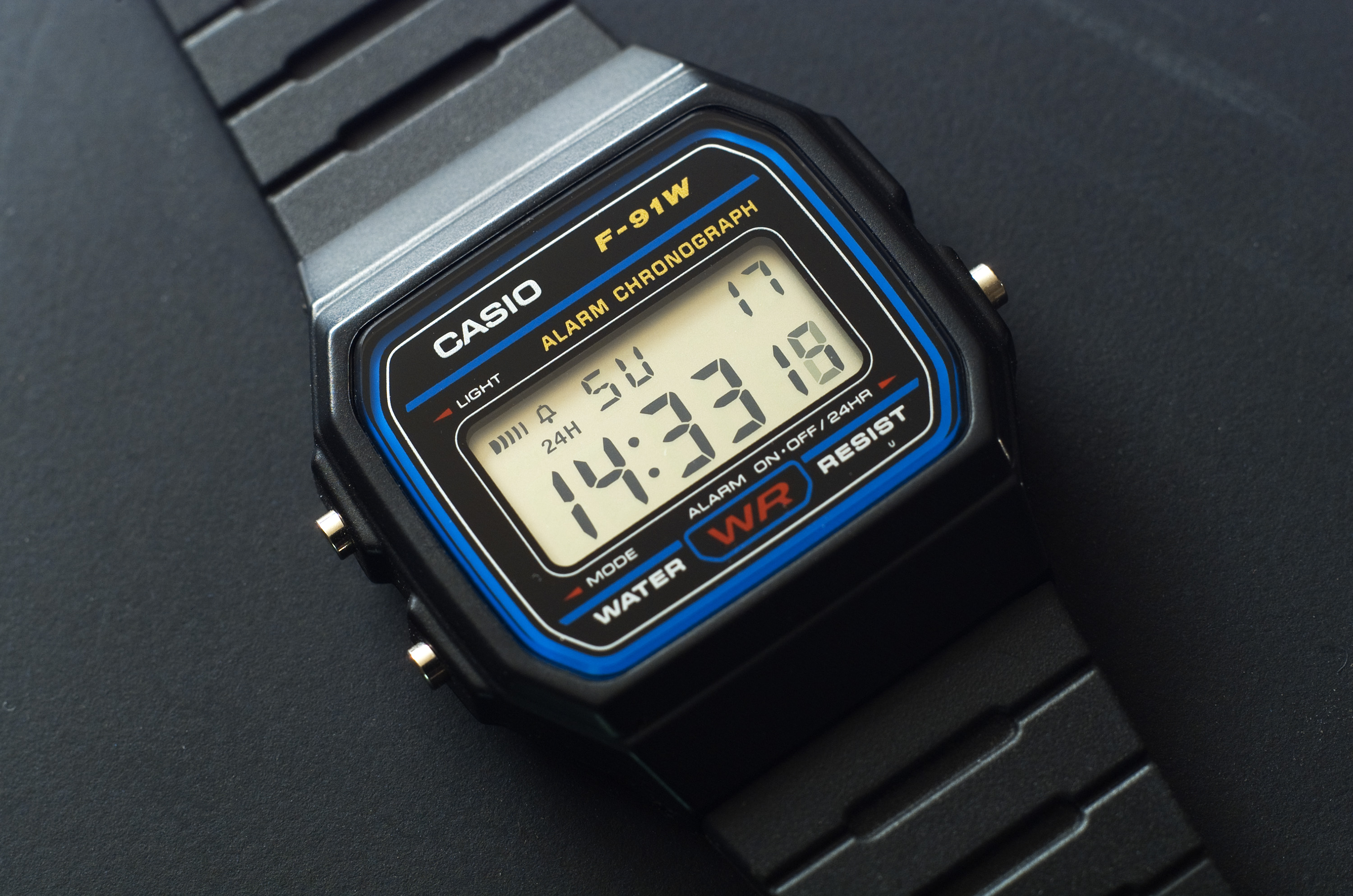|
Moment (unit)
A moment () is a medieval unit of time. The movement of a shadow on a sundial covered 40 moments in a solar hour, a twelfth of the period between sunrise and sunset. The length of a solar hour depended on the length of the day, which, in turn, varied with the season. Although the length of a moment in modern seconds was therefore not fixed, on average, a medieval moment corresponded to 90 seconds. A solar day can be divided into 24 hours of either equal or unequal lengths, the former being called natural or equinoctial, and the latter artificial. The hour was divided into four (quarter-hours), 10 , or 40 . Usage The unit was used by medieval computists before the introduction of the mechanical clock and the base 60 system in the late 13th century. The unit would not have been used in everyday life. For medieval commoners the main marker of the passage of time was the call to prayer at intervals throughout the day. The earliest reference found to the moment is from the 8th ce ... [...More Info...] [...Related Items...] OR: [Wikipedia] [Google] [Baidu] |
Sexagesimal
Sexagesimal, also known as base 60, is a numeral system with 60 (number), sixty as its radix, base. It originated with the ancient Sumerians in the 3rd millennium BC, was passed down to the ancient Babylonians, and is still used—in a modified form—for measuring time, angles, and geographic coordinate system, geographic coordinates. The number 60, a superior highly composite number, has twelve divisors, namely 1, 2, 3, 4, 5, 6, 10, 12, 15, 20, 30, and 60, of which 2, 3, and 5 are prime numbers. With so many factors, many fractions involving sexagesimal numbers are simplified. For example, one hour can be divided evenly into sections of 30 minutes, 20 minutes, 15 minutes, 12 minutes, 10 minutes, 6 minutes, 5 minutes, 4 minutes, 3 minutes, 2 minutes, and 1 minute. 60 is the smallest number that is divisible by every number from 1 to 6; that is, it is the lowest common multiple of 1, 2, 3, 4, 5, and 6. ''In this article, all sexagesimal digits are represented as decimal numbers, e ... [...More Info...] [...Related Items...] OR: [Wikipedia] [Google] [Baidu] |
Units Of Time
A unit of time is any particular time interval, used as a standard way of measuring or expressing duration. The SI base unit, base unit of time in the International System of Units (SI), and by extension most of the Western world, is the second, defined as about 9 billion oscillations of the caesium atom. The exact modern SI definition is "[The second] is defined by taking the fixed numerical value of the cesium frequency, , the unperturbed ground-state hyperfine transition frequency of the cesium 133 atom, to be when expressed in the unit Hz, which is equal to s−1." Historically, many units of time were defined by the movements of astronomical objects. * Sun-based: the year is based on the Earth's orbit, Earth's orbital period around the sun. Historical year-based units include the Olympiad (four years), the lustrum (five years), the indiction (15 years), the decade, the century, and the millennium. * Moon-based: the month is based on the Orbit of the Moon, Moon's orbital per ... [...More Info...] [...Related Items...] OR: [Wikipedia] [Google] [Baidu] |
Atom (time)
An atom of time or "a-tom" ("indivisible" in Greek), refers to the smallest possible unit of time. History One of the earliest occurrences of the word "atom" to mean the smallest possible unit of measuring time is found in the Greek text of the New Testament in Paul's . The text compares the length of time of the “atom” to the time needed for "the twinkling of an eye." The text reads: "" – the word "atom" is usually translated "a moment" — "In a moment, in the twinkling of an eye". With that meaning, it was later referred to in Medieval philosophical writings as the smallest possible division of time. The earliest known occurrence in English is in Byrhtferth's ''Enchiridion'' (a science text) of 1010–1012, where it was defined as 1/564 of a ''momentum'' (1½ minutes), Draft Revision. (contains relevant citations from Byrhtferth's ''Enchiridion'') and thus equal to almost 160 milliseconds. It was used in the ''computus'', the calculation used to determine the calenda ... [...More Info...] [...Related Items...] OR: [Wikipedia] [Google] [Baidu] |
Roger Bacon
Roger Bacon (; or ', also '' Rogerus''; ), also known by the Scholastic accolades, scholastic accolade ''Doctor Mirabilis'', was a medieval English polymath, philosopher, scientist, theologian and Franciscans, Franciscan friar who placed considerable emphasis on the study of nature through empiricism. Intertwining his Catholic faith with scientific thinking, Roger Bacon is considered one of the greatest polymaths of the Medieval Period, medieval period. In the Early modern period, early modern era, he was regarded as a Wizard (paranormal), wizard and particularly famed for the story of his History of robots, mechanical or necromancy, necromantic brazen head. He is credited as one of the earliest European advocates of the modern scientific method, along with his teacher Robert Grosseteste. Bacon applied the empirical method of Ibn al-Haytham (Alhazen) to observations in texts attributed to Aristotle. Bacon discovered the importance of empirical testing when the results he obt ... [...More Info...] [...Related Items...] OR: [Wikipedia] [Google] [Baidu] |
Bartholomeus Anglicus
Bartholomaeus Anglicus (before 1203–1272), also known as Bartholomew the Englishman and Berthelet, was an early 13th-century scholasticism, Scholastic of Paris, a member of the Franciscan order. He was the author of the compendium ''De proprietatibus rerum'' ("On the Properties of Things"), dated c.1240, an early forerunner of the encyclopedia and a widely cited book in the Middle Ages. Bartholomew also held senior positions within the church and was appointed Bishop of Łuków in what is now Poland, although he was not consecrated to that position. Early life Little is known of Bartholomew's early life. He is believed to have been born around the turn of the 13th century to unknown parents. The first record of him was in 1224 in Paris as a teacher, although he is also believed to have studied at Oxford University. Encyclopedia The work ''De proprietatibus rerum'' was written at the school of Magdeburg in Saxony, Saxonia and intended for the use of students and the general ... [...More Info...] [...Related Items...] OR: [Wikipedia] [Google] [Baidu] |
Bede
Bede (; ; 672/326 May 735), also known as Saint Bede, Bede of Jarrow, the Venerable Bede, and Bede the Venerable (), was an English monk, author and scholar. He was one of the most known writers during the Early Middle Ages, and his most famous work, '' Ecclesiastical History of the English People'', gained him the title "The Father of English History". He served at the monastery of St Peter and its companion monastery of St Paul in the Kingdom of Northumbria of the Angles. Born on lands belonging to the twin monastery of Monkwearmouth–Jarrow in present-day Tyne and Wear, England, Bede was sent to Monkwearmouth at the age of seven and later joined Abbot Ceolfrith at Jarrow. Both of them survived a plague that struck in 686 and killed the majority of the population there. While Bede spent most of his life in the monastery, he travelled to several abbeys and monasteries across the British Isles, even visiting the archbishop of York and King Ceolwulf of Northumbria. ... [...More Info...] [...Related Items...] OR: [Wikipedia] [Google] [Baidu] |
Canonical Hours
In the practice of Christianity, canonical hours mark the divisions of the day in terms of Fixed prayer times#Christianity, fixed times of prayer at regular intervals. A book of hours, chiefly a breviary, normally contains a version of, or selection from, such prayers. In the Roman Rite of the Catholic Church, canonical hours are also called officium, since it refers to the official prayer of the Church, which is known variously as the ("divine service" or "divine duty"), and the ("work of God"). The current official version of the hours in the Roman Rite is called the Liturgy of the Hours () or ''divine office''. In Lutheranism and Anglicanism, they are often known as the daily office or divine office, to distinguish them from the other "offices" of the Church (e.g. the administration of the sacraments). In the Eastern Orthodox Church, Eastern Orthodox and Byzantine Rite, Byzantine Catholic Churches, the canonical hours may be referred to as the Divine Service (Eastern Or ... [...More Info...] [...Related Items...] OR: [Wikipedia] [Google] [Baidu] |
Clock
A clock or chronometer is a device that measures and displays time. The clock is one of the oldest Invention, human inventions, meeting the need to measure intervals of time shorter than the natural units such as the day, the lunar month, and the year. Devices operating on several physical processes have been used over the Millennium, millennia. Some predecessors to the modern clock may be considered "clocks" that are based on movement in nature: A sundial shows the time by displaying the position of a shadow on a flat surface. There is a range of duration timers, a well-known example being the hourglass. Water clocks, along with sundials, are possibly the oldest time-measuring instruments. A major advance occurred with the invention of the verge escapement, which made possible the first mechanical clocks around 1300 in Europe, which kept time with oscillating timekeepers like balance wheels., pp. 103–104., p. 31. Traditionally, in horology (the study of timekeeping), the ... [...More Info...] [...Related Items...] OR: [Wikipedia] [Google] [Baidu] |
Medieval
In the history of Europe, the Middle Ages or medieval period lasted approximately from the 5th to the late 15th centuries, similarly to the post-classical period of World history (field), global history. It began with the fall of the Western Roman Empire and transitioned into the Renaissance and the Age of Discovery. The Middle Ages is the middle period of the three traditional divisions of Western history: classical antiquity, the medieval period, and the modern period. The medieval period is itself subdivided into the Early Middle Ages, Early, High Middle Ages, High, and Late Middle Ages. Population decline, counterurbanisation, the collapse of centralised authority, invasions, and mass migrations of tribes, which had begun in late antiquity, continued into the Early Middle Ages. The large-scale movements of the Migration Period, including various Germanic peoples, formed new kingdoms in what remained of the Western Roman Empire. In the 7th century, North Africa and the ... [...More Info...] [...Related Items...] OR: [Wikipedia] [Google] [Baidu] |
Computus
As a moveable feast, the date of Easter is determined in each year through a calculation known as – often simply ''Computus'' – or as paschalion particularly in the Eastern Orthodox Church. Easter is celebrated on the first Sunday after the Paschal full moon (a mathematical approximation of the first astronomical full moon, on or after 21 March itself a fixed approximation of the March equinox). Determining this date in advance requires a correlation between the lunar months and the solar year, while also accounting for the month, date, and weekday of the Julian or Gregorian calendar. The complexity of the algorithm arises because of the desire to associate the date of Easter with the date of the Jewish feast of Passover which, Christians believe, is when Jesus was crucified. It was originally feasible for the entire Christian Church to receive the date of Easter each year through an annual announcement by the pope. By the early third century, however, communic ... [...More Info...] [...Related Items...] OR: [Wikipedia] [Google] [Baidu] |






